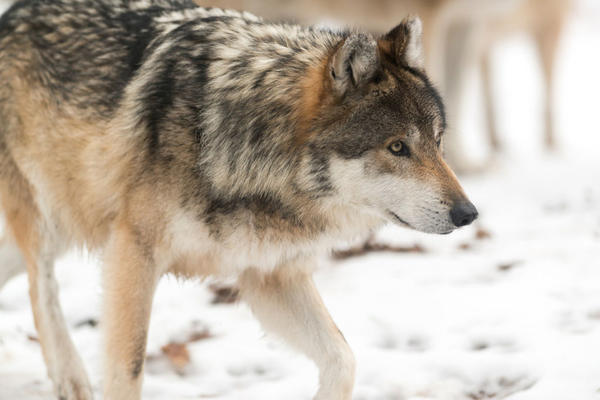By Emily Schwing • Oct 7, 2016
Now a 15th cow has been found dead. The state’s wolf policy director Donny Martorello, said he doesn’t believe the Profanity Peak pack is going to stop killing cattle.
“That is the goal of lethal removal,” Martorello said. “And based on the pattern that we are seeing and the most recent depredations, we don’t believe we have achieved that goal yet and so the result is the lethal removal action by the department is ongoing.”
And so is grazing, for three more weeks. Federal grazing permits on national forest land expire on October 31 and cows come in for the winter.
As for the wolves, only an adult female and three juveniles from that pack remain. The state is tracking the adult with a radio collar.
It’s unclear if the state will be able to remove all members of the pack. The terrain where they range is remote and rugged. It’s land that is within the boundaries of the Colville National Forest, which is managed by the U.S. Forest Service.
Martorello said the state hasn’t yet compiled a report on the cost of the lethal removal effort.
Meanwhile, two other wolf packs in northeast Washington have been blamed for other conflicts with cattle.
The Smackout pack has reportedly killed or injured three cows since September 21. The Dirty Shirt pack is blamed for a dead cow discovered in the last week on a grazing allotment managed by the state Department of Natural Resources. According to Martorello’s email, that livestock producer has opted to remove cattle from the allotment. Martorello wrote that this is the first time in several years that particular rancher has seen a conflict between wolves and cattle.
As of June this year, WDFW believes there are 19 wolf packs in the state. 16 of those range in the northeast corner of the state.
source



No comments:
Post a Comment